L.A.s 13 most essential works of speculative fiction, from Octavia Butler, Philip K. Dick, Aldous Huxley, Salvador Plascencia and many more.


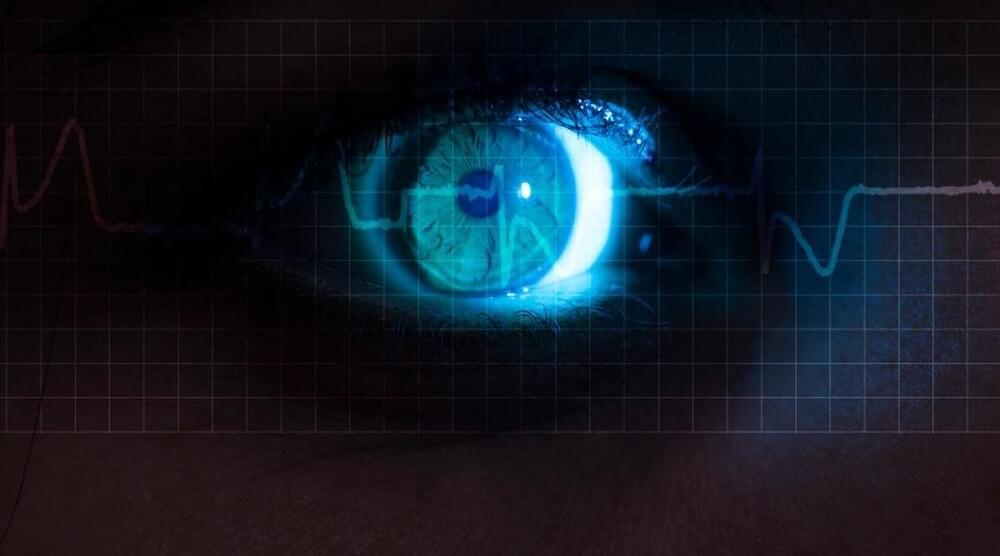
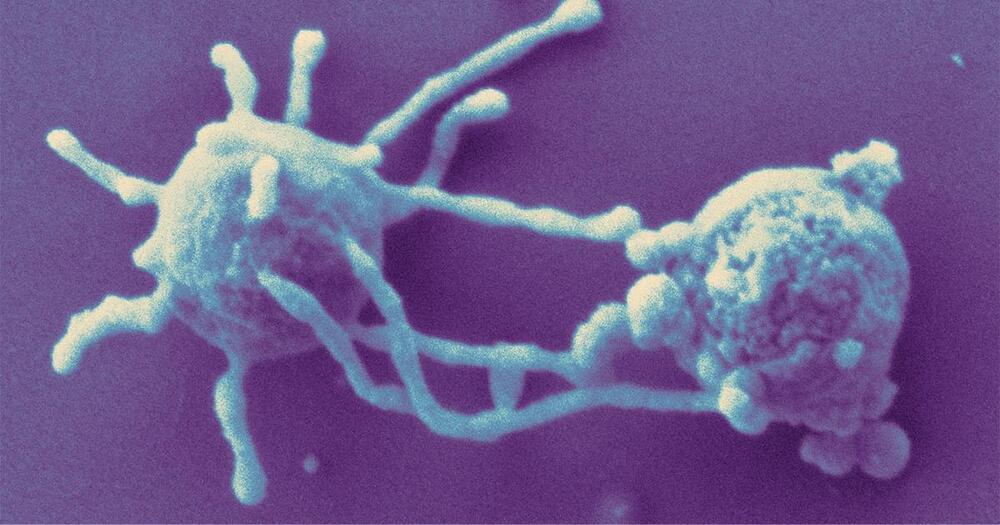


The GPT phenomenon and the future of humanity in the face of advances in Artificial Intelligence.
The Age of Artificial Intelligence is an increasingly present reality in our daily lives. With the rise of technologies such as Natural Language Processing (NLP) and Artificial Neural Networks (ANN), the possibility of creating machines capable of performing tasks that were previously exclusive to humans has emerged.
One of these technologies is the Generative Pre-trained Transformer, better known as GPT. It’s the Large Language Model (LLM) developed by OpenAI.
OpenAI was founded in San Francisco, California in 2015 by Sam Altman, Reid Hoffman, Jessica Livingston, Elon Musk, Ilya Sutskever, Peter Thiel, among others, who collectively pledged $1 billion. Musk resigned from the board in 2018, but continued to be a donor to the project.
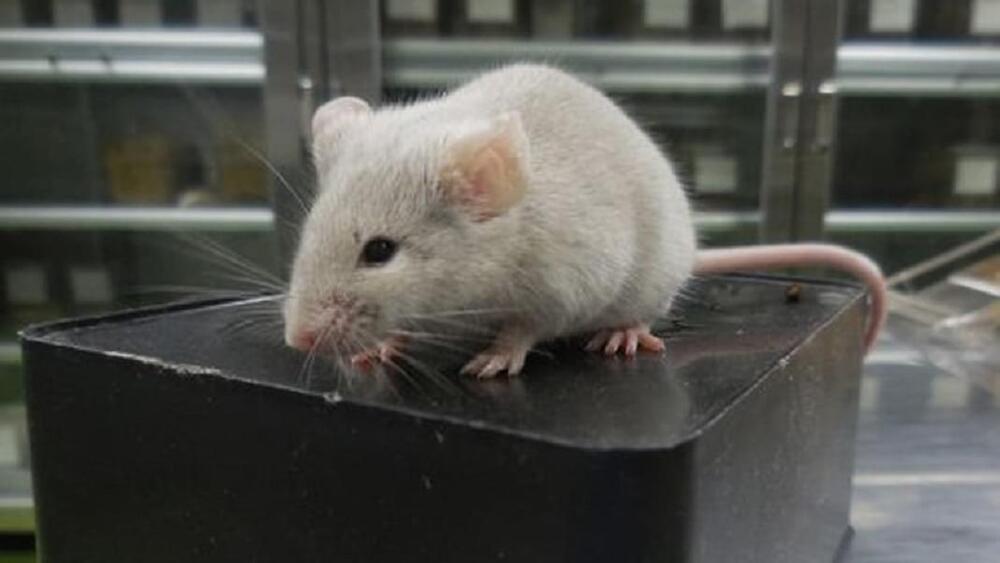
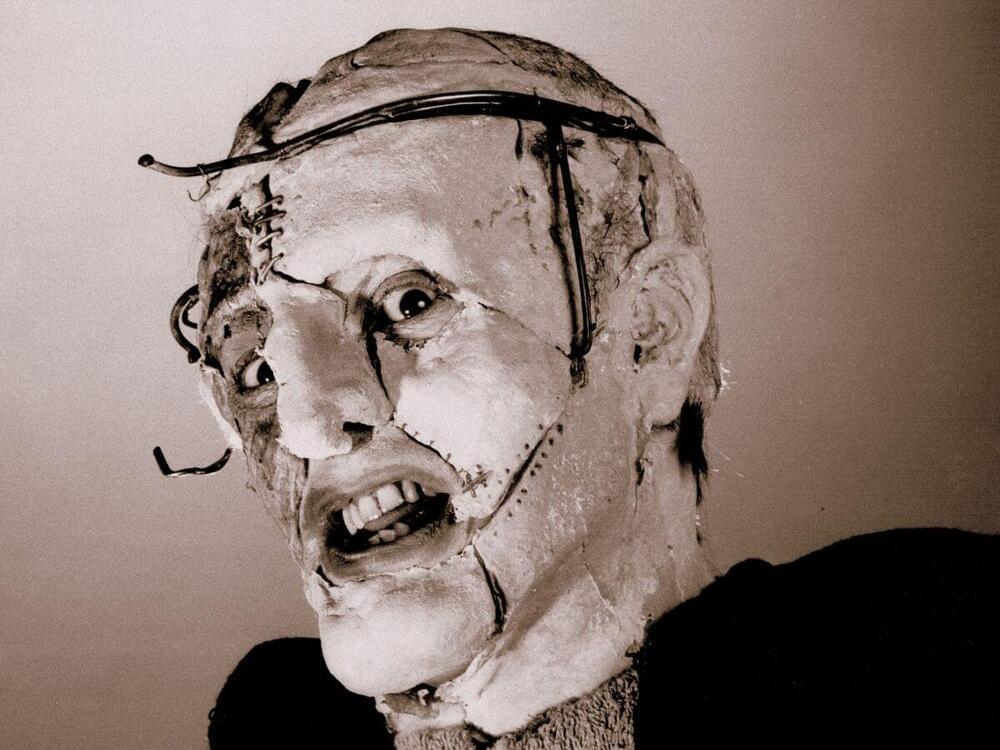
AI is already much more advanced than it was ten years ago, and it will only continue to witness rapid and exponential developments. Experts like John Maeda believe that AI will have surpassed the processing power of all living brains on Earth in the near future. To properly function in that kind of society, it will be necessary to work together with these new systems to make sure that the preservation of important human values is carried forward.
💃Want to own a Humanoid Robot: https://bit.ly/3PDgpsn.
**ALL THE YOUTUBE EQUIPMENT USED IN THIS VIDEO**:
📷 CAMERA: https://amzn.to/3eefAs3
🎙️ AUDIO: https://amzn.to/3CgsRrQ
Boost our YouTube Channel
https://www.tubebuddy.com/AIScience.
💼 Contact & Copyright Questions.
• For copyright cases, business inquiries or other inquiries please contact us at:
👉 [email protected]
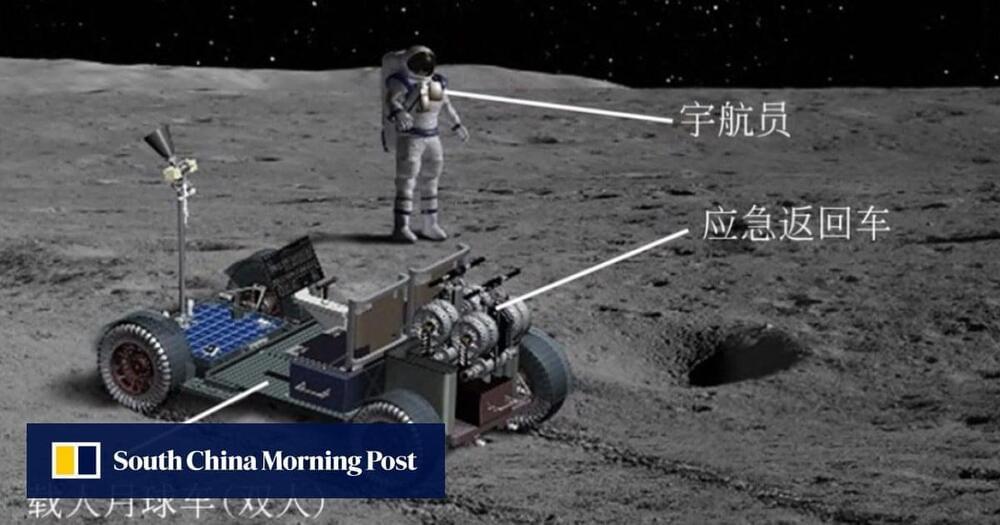
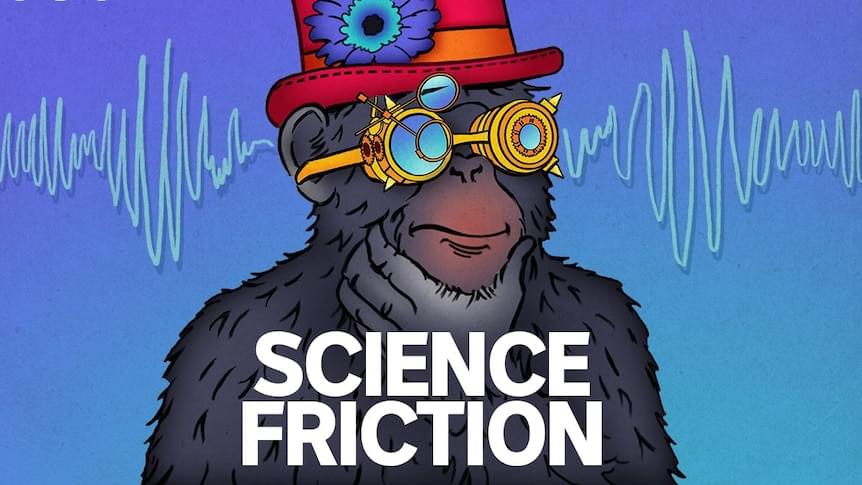
How has fusion inspired the imaginations of science fiction writers? In The Expanse blockbuster book and TV series, fusion energy has changed the course of civilisation in extraordinary ways – for better and worse. Ty Franck, one half of the James S.A Corey writing duo behind The Expanse, and Canadian futurist and science fiction writer Karl Schroeder join Erica Vowles to weigh in on the fantasy and future of fusion.